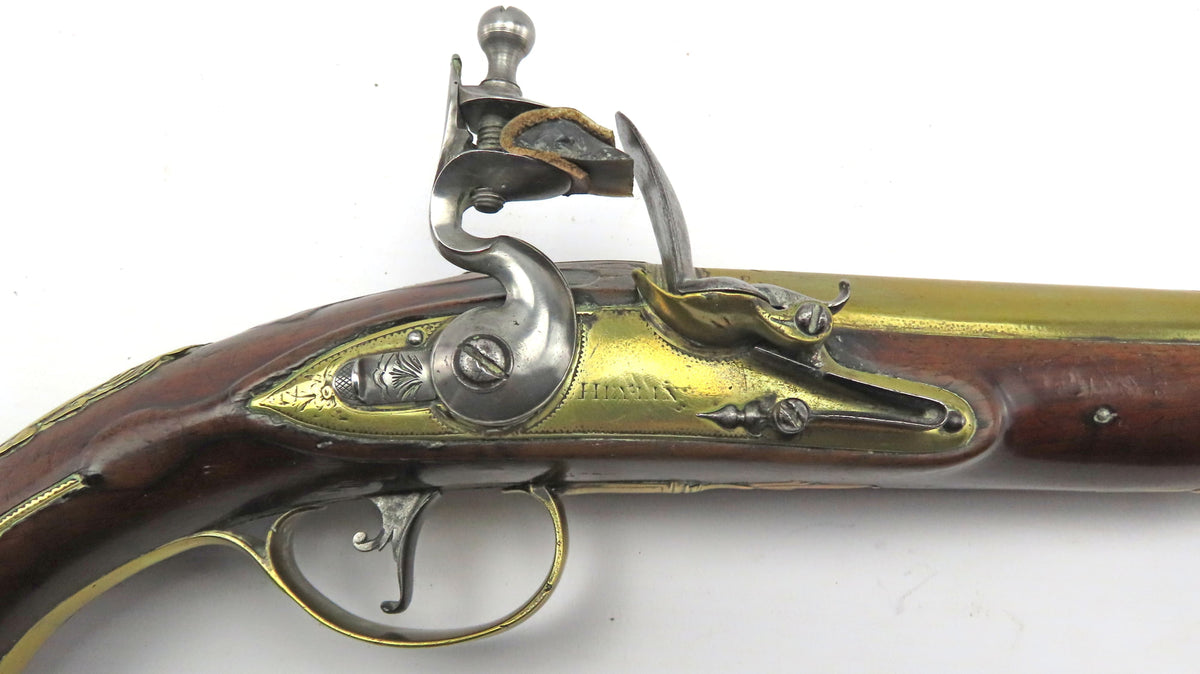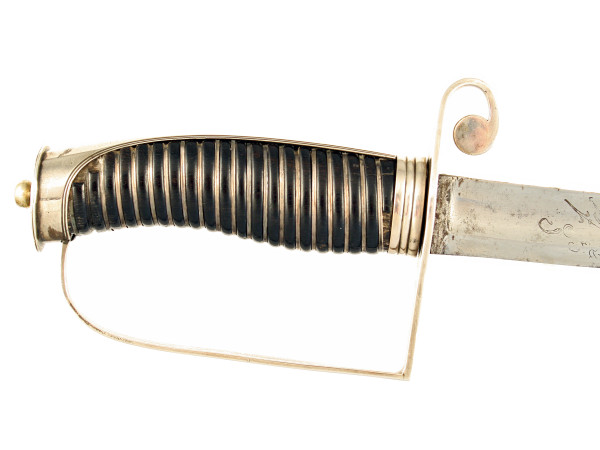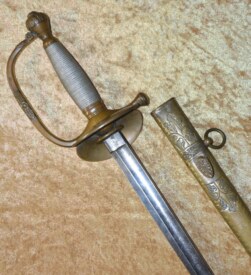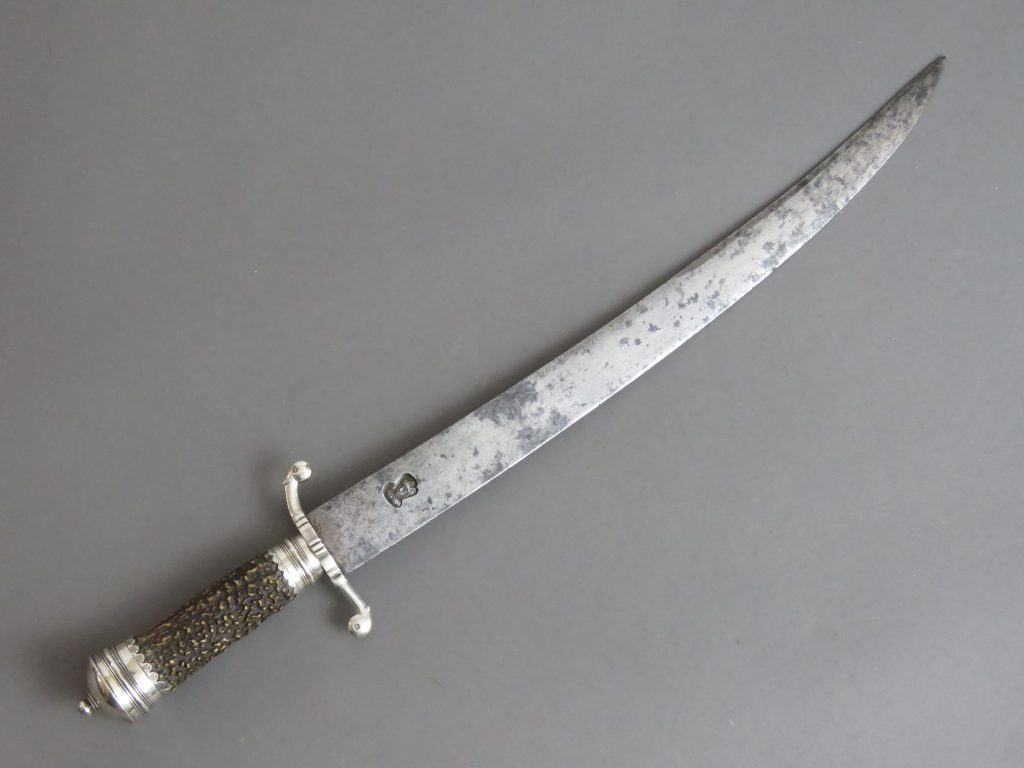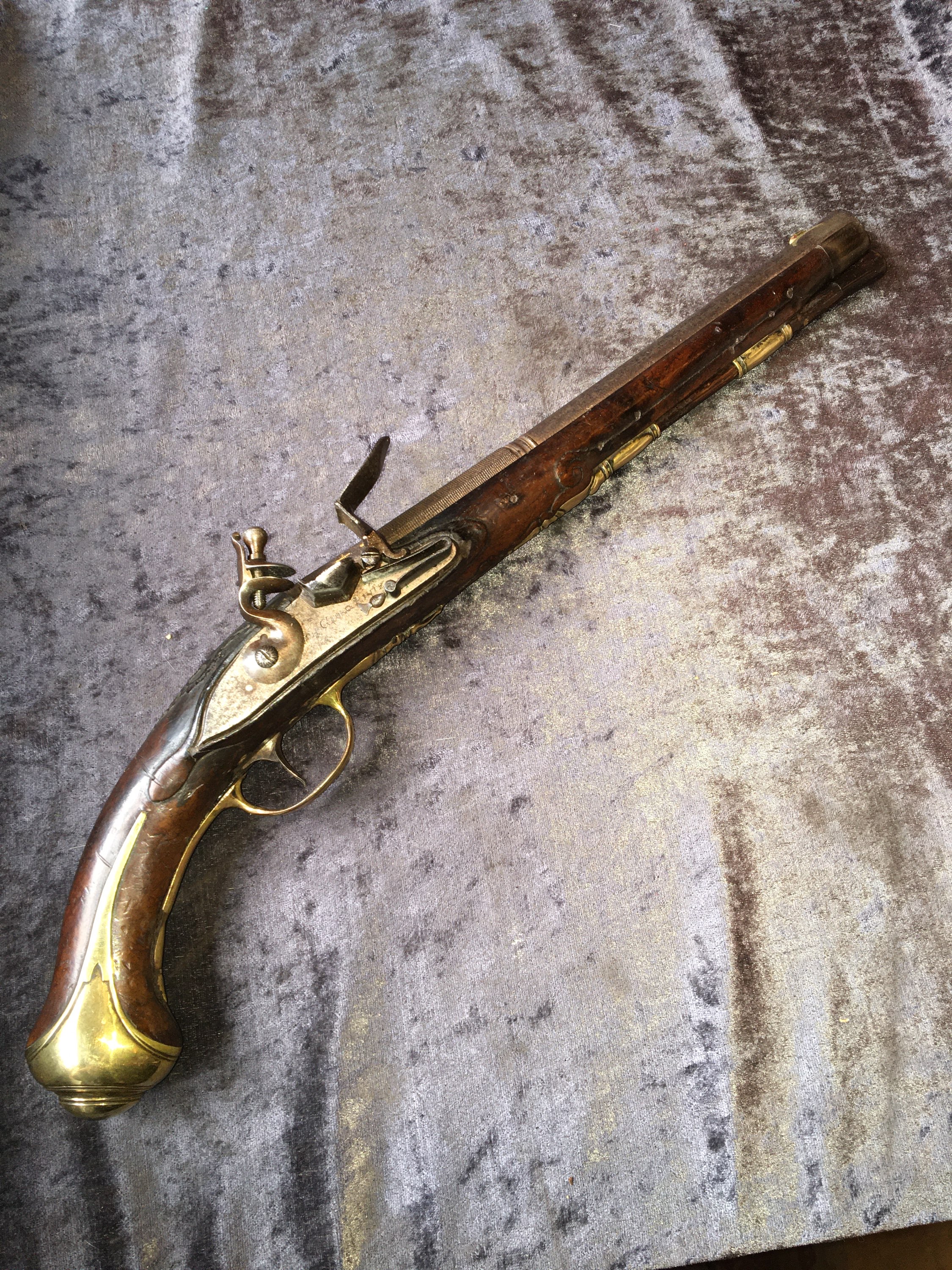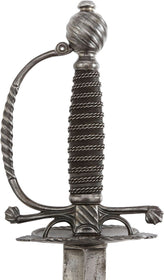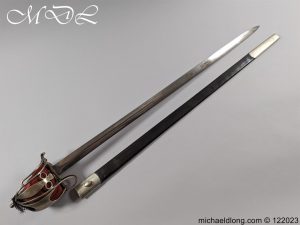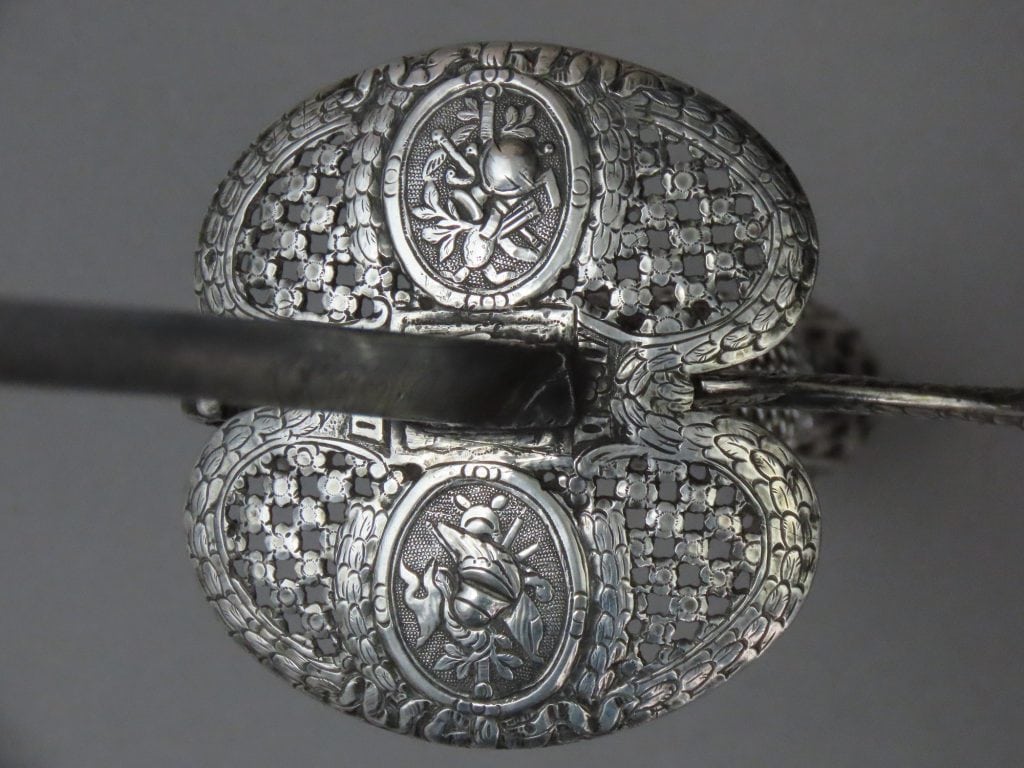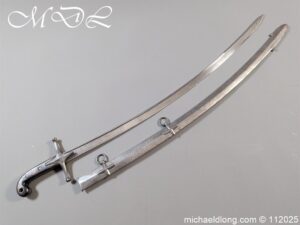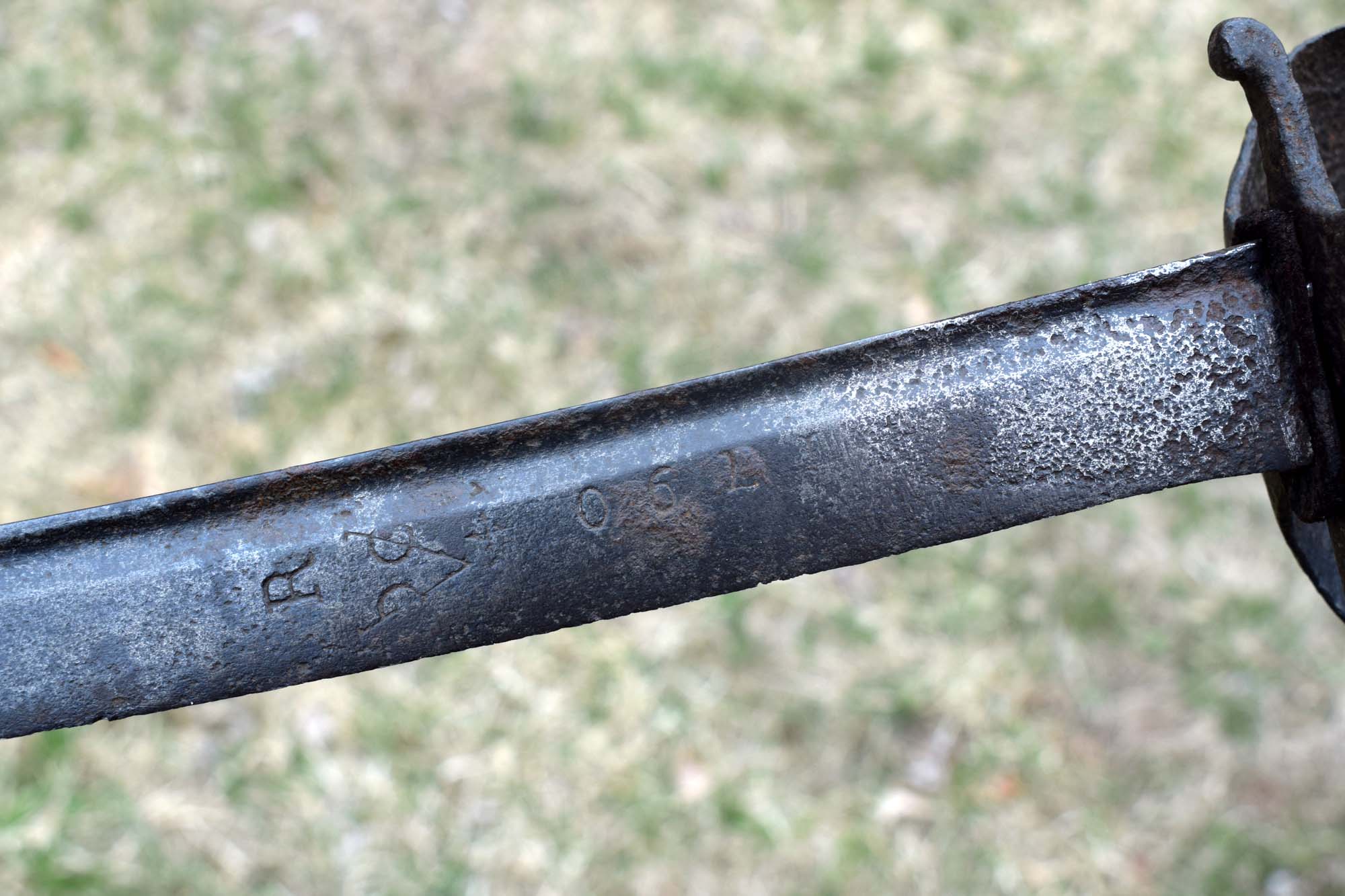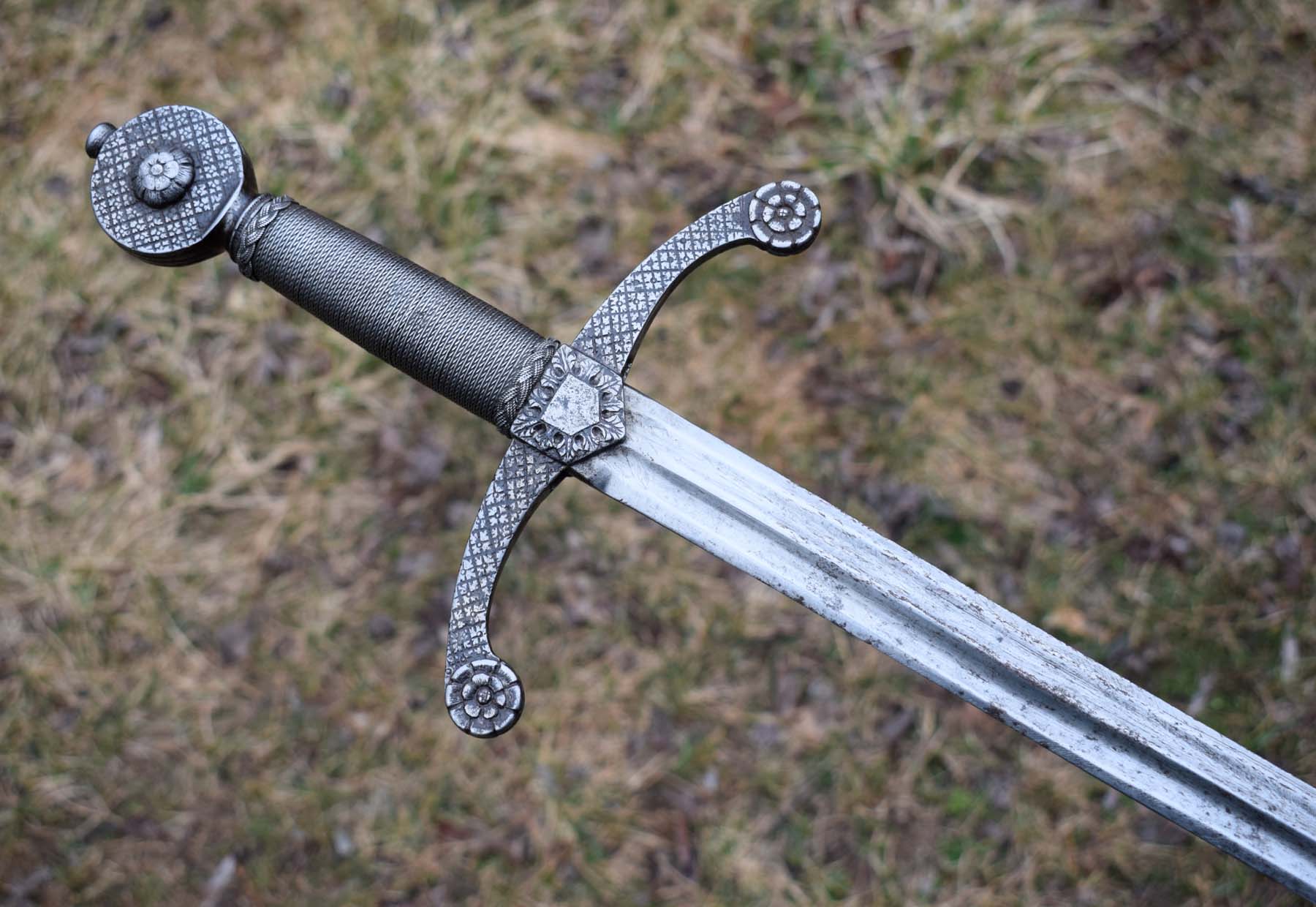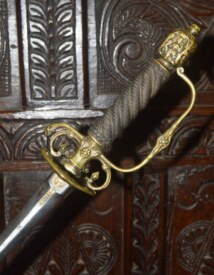For Sale
The following items are listed by for sale by users of the site and dealers. They are in no way endorsed or guaranteed by www.oldswords.com
Add a Classified ItemYou can also receive regular email notifcations when items match your keywords. To recieve them just register or logon at the top right of this page.
- Nation : British
- Local Price : $3800.00 CAD
- Nation : Italian
- Local Price : £1980
- Nation : British
- Local Price : £1975
- Nation : British
- Local Price : £1975
- Nation : Russian
- Local Price : £1,950.00
- Nation : British
- Local Price : £1950
- Nation : British
- Local Price : £1,895.00
- Nation : British
- Local Price : £1,895.00
- Nation : Russian
- Local Price : £1,895.00
- Nation : American
- Local Price : $1895.00
- Nation : Japanese
- Local Price : £1895
- Nation : Japanese
- Local Price : £1,875.00
- Nation : British
- Local Price : £1875
- Nation : -
- Local Price : 2,550.00 USD
- Nation : British
- Local Price : £1850
- Nation : British
- Local Price : £1,850.00
- Nation : British
- Local Price : £1850
- Nation : British
- Local Price : £1,850.00
- Nation : French
- Local Price : £1850
- Nation : British
- Local Price : £1,850.00
- Nation : ?
- Local Price : $3500.00 CAD
- Nation : Japanese
- Local Price : £1,825.00
- Nation : Dutch
- Local Price : 2495.00 USD
- Nation : French
- Local Price : 2495.00 USD
- Nation : German
- Local Price : $2495.00
- Nation : British
- Local Price : £1800
- Nation : British
- Local Price : £1,800.00
- Nation : Japanese
- Local Price : £1,795.00








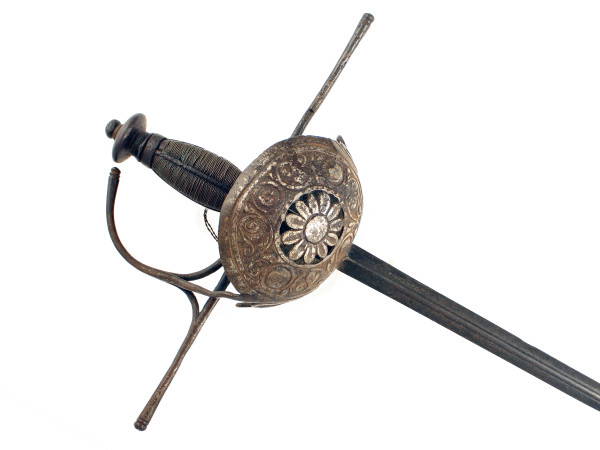
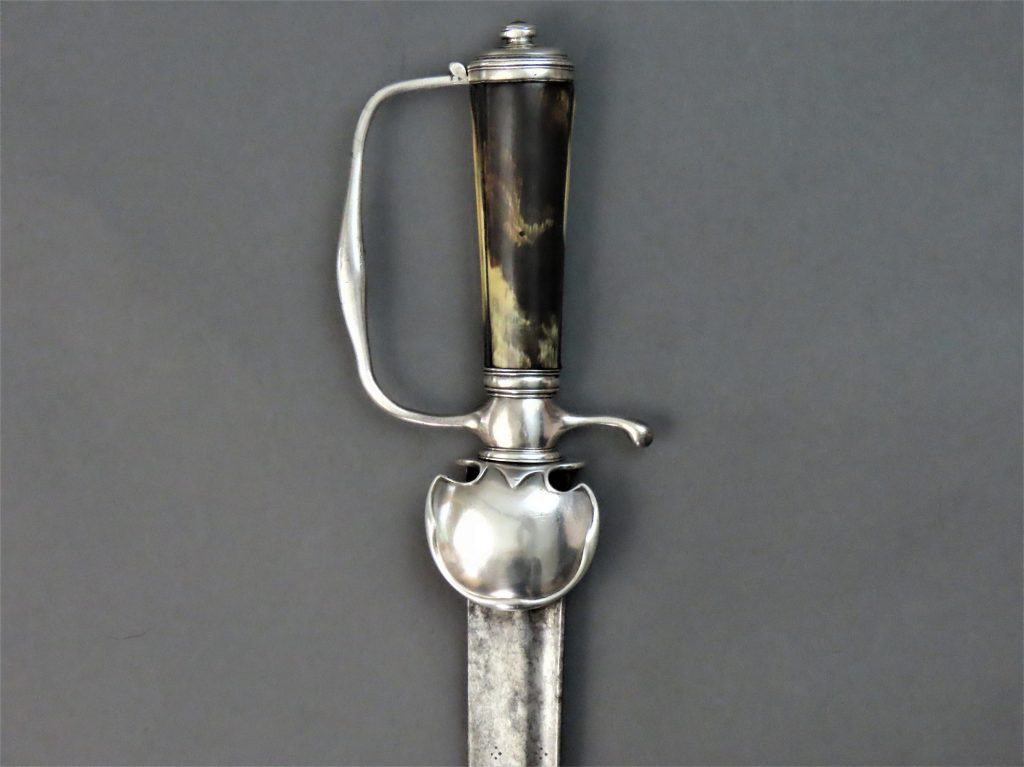
.jpg)
